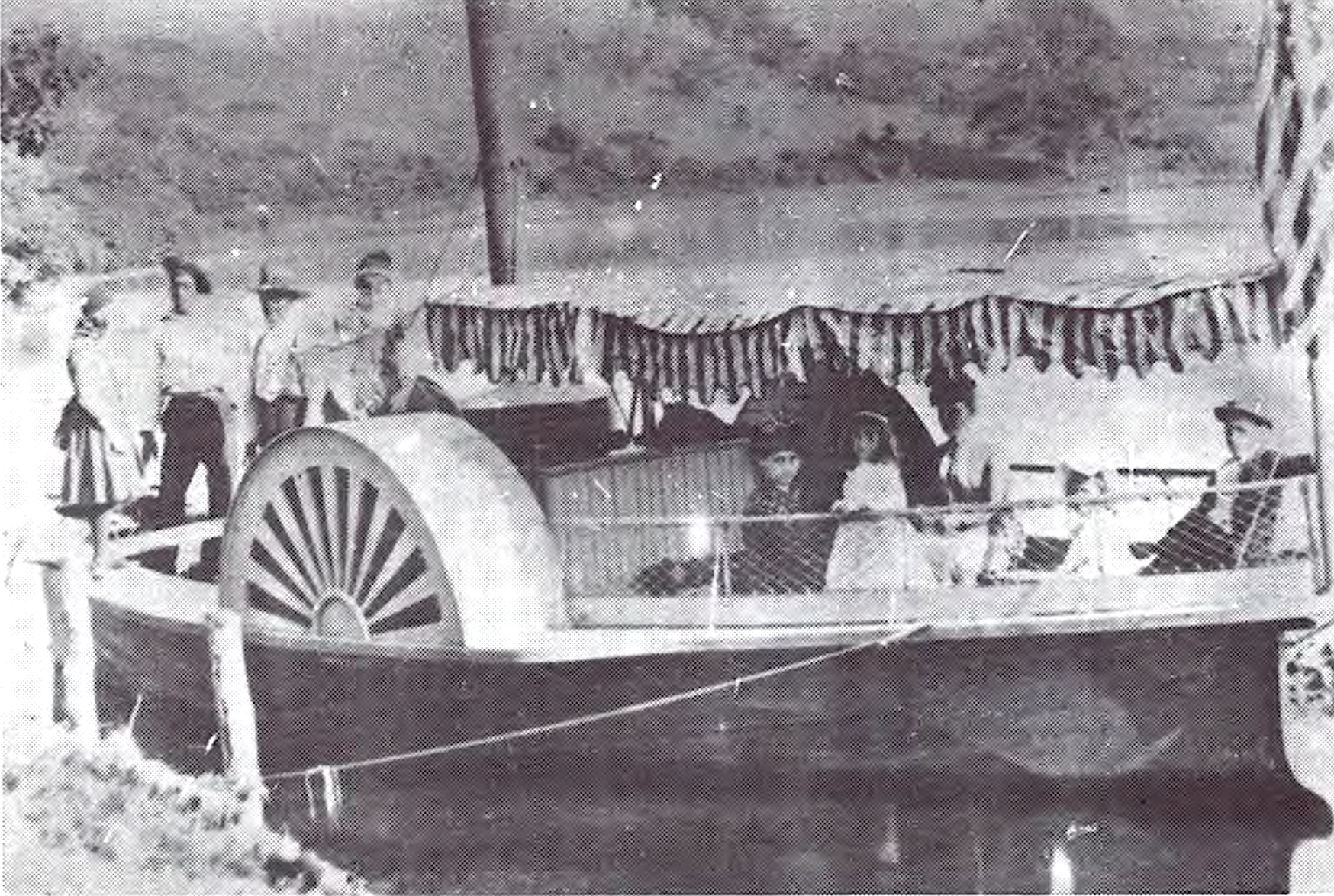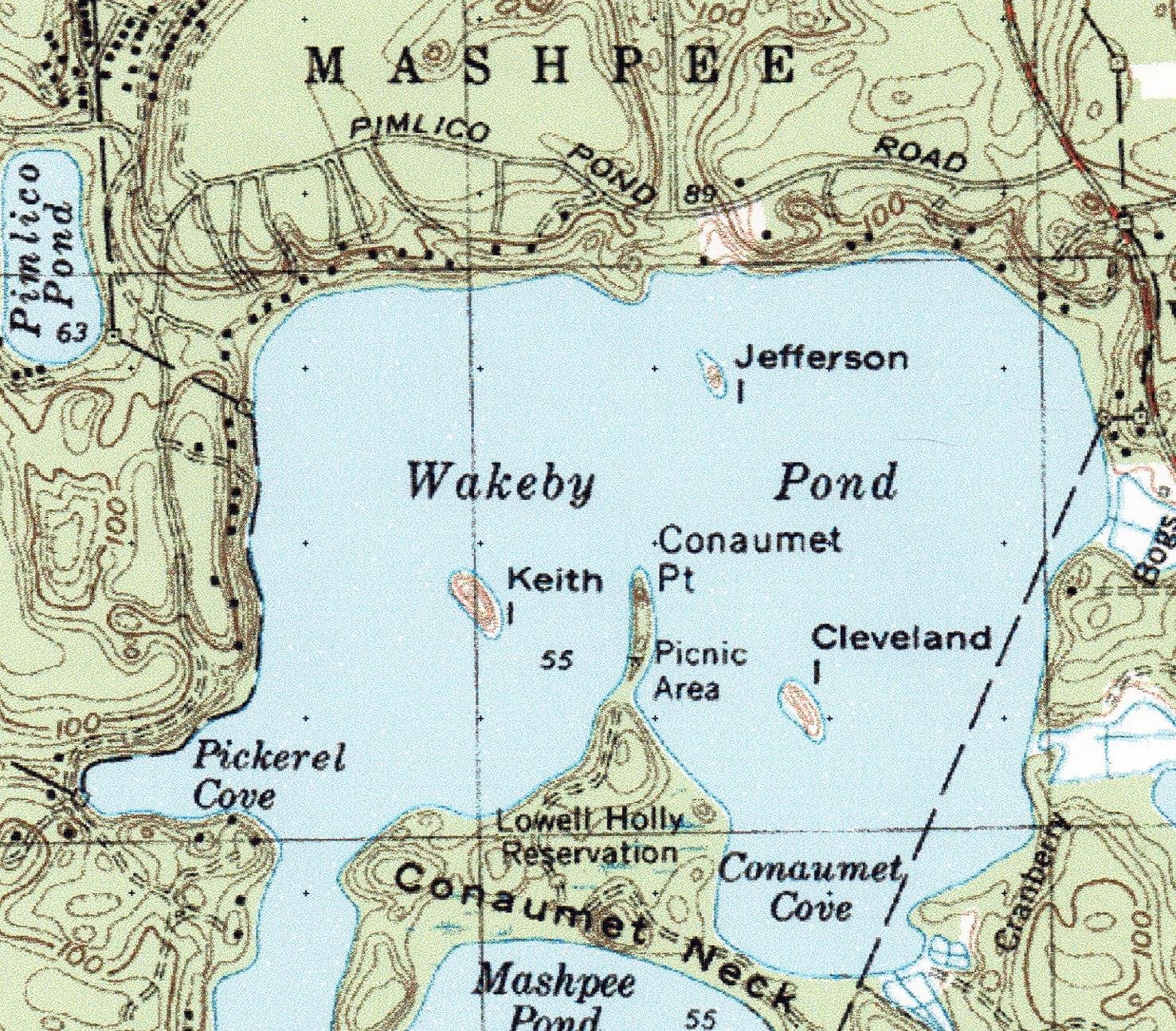Benjamin Boardley (sometimes called Bradley) was born a slave to a woman named Flora in Anne Arundel, Maryland in March of 1836. Their owner was John T. Hammond.
Benjamin likely learned to read from or with his master's children. As a teenager, Boardley worked at a printing office where he showed ingenuity and mechanical prowess. He built a steam engine out of a gun barrel, pewter, round steel, and other various materials. His master was so impressed, he found him a job as a helper at the Naval Academy at Annapolis. According to the African Repository of 1859, he was paid in full for his work, but the money he had made went directly to his master, who allowed Boardley to keep five dollars a month for himself.
US Naval Academy, 1860s
Professors at the Naval Academy were fascinated with him and a Professor Hopkins wrote that he would set up experiments rapidly, was a quick learner, and the professor noticed that "he always looks for the scientific law by which things act." Hopkins's children taught Boardley mathematics such as arithmetic, algebra and geometry.
During his time at the Naval Academy, Boardley built a steam engine and sold it to a midshipmen. With the money he earned from selling it he designed a steam engine large enough to run the first mechanical sloop of war that could exceed 16 knots an hour. He sold this model engine to a fellow classmate from the Naval Academy and then used the proceeds to design a steam-powered warship. Because he was a slave, Boardley was never allowed to receive a patent for the engine but he was able to sell it. He used the profits, plus the money he earned at the Naval Academy, to obtain his freedom at a cost of $1,000. Boardley was manumitted from his owner, John T. Hammond, on September 30, 1859.
During the Civil War, the U.S. Naval Academy relocated to Fort Adams in Newport, Rhode Island. Boardley was employed there where, under the supervision of Professor A.W. Smith, he continued his work on constructing small steam engines, improved his excellent mechanical skills and worked as an instructor.
He married in Boston in 1864 and by 1865 Boardley was living in Mashpee where records say he was a merchant.
In the 1880s Boardley worked with Herbert Crosby to build a 35’ steam powered boat called Quichatasett, for use on Wakeby Pond, which was launched in 1891. His steam engine drove two side wheels, powering the boat around the lake, popular with fishermen and tourists visiting the area. President Grover Cleveland rode in the vessel with his fishing buddies to go to their favorite sections of the lake. Around this time the steamship was renamed Ruth, likely to honor Cleveland’s daughter. Boardley and his son William, who lived in a cottage on the shore, operated the boat on the lake for about 30 years.
The Quichatasett on Wakeby Pond.
Benjamin Boardley died in 1904, leaving behind his second wife Gertrude and several children. This highly accomplished man was buried in Mashpee Town Cemetery.
Based on an article by Dr. Michael Pregot, with additional research and text.





